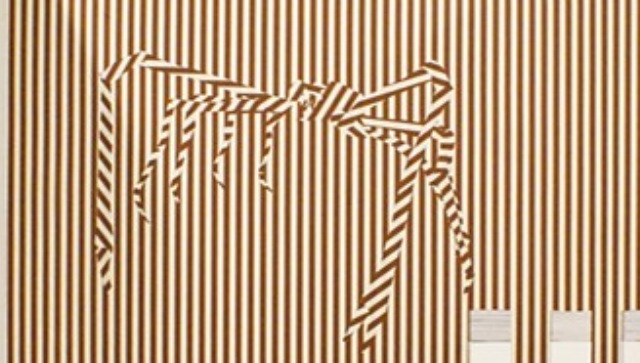
Remember when you were young, adventurous and bold?
You used to go looking for salamanders – in your backyard on your hands and knees for what seemed like hours, turning over rocks and logs hoping you’d see one of those slimy water dragons quickly before it scurried away. For that brief moment of awe, those hours of labour become worth it; you got to see another world not normally accessible to you. What beauty lies beyond our sight, beyond the horizon?
Hamilton-based artist Nancy Anne McPhee’s art exhibition at the NNEX gallery on Queen Street ponders those same questions. For her, it’s the beauty that you have to work at to see.
“Representations of nature, and nature itself. The way we understand ourselves, the way other people understand [us]. I’m interested in that space in-between.”
McPhee’s artwork uses optical illusions and hard-to-see images to convey to the audience the mystery of what resides beyond the peripheries.
“Talking about vision has become a way of continuing that conversation, about spaces between things or about difficulty in accessing things.”
Nictitate is the main artwork McPhee is exhibiting in Fredericton. Nicitate comes from the Latin word for blink, which is exactly what you may do if your sight is overwhelmed by the intensity of the artwork. It’s a series of horizon lines that, when stared at, reveal a deep-sea crab spider hidden among the lines.
“Dealing with sea creatures earlier [in my career], I was interested in the fact that you couldn’t see them or you couldn’t access them. They were separated by this horizon line. They are outside our lived experience. There is always something unknown, dreamlike or mythical about them.”
McPhee will attend the gallery’s reception on Feb. 27, along with Kris Leblanc, a Fredericton-based artist who is the other half of the exhibition. Although the two artists have never met, both use illusions to convey their message. Leblanc uses the distortion of depth and movement to send his message.
“The gallery just felt like there was a conversation between the artworks so they decided to put us together. I’m interested in seeing how that works,” said McPhee.
Although much of the gallery is visible on McPhee’s website, McPhee doesn’t believe that’s enough to fully experience the artwork.
“These pieces in particular, they do require you to see them in person and they do require activity on part of the viewer.
“Visual arts is a participatory art.”
